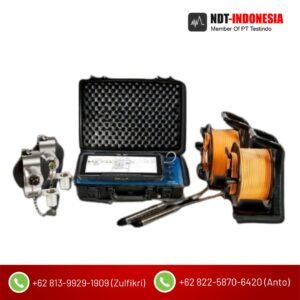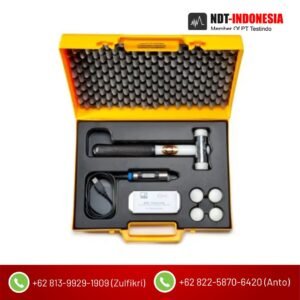Description
BIT measures the verticality of a borehole AND of existing piles
Borehole:
BIT uses the auger/bucket itself as the centralizer. Eliminating the need for a heavy-to-move system.
The BIT enables fast and accurate determination of inclination in both dry and wet boreholes.
Large boreholes and diaphragm-walls may be quickly tested several times during drilling to enable real-time corrective action.
Existing piles:
A special centralizer is attached to the BIT sensor and lowered into a standard access tube (No need for an expensive inclinometer tube). The BIT sensor includes a gyro which constantly measures and compensates the rotation of the sensor in the tube.
Background
All piling specifications prescribe the allowable deviation of the pile axis from the vertical.
•FHWA rules, for instance, limit the pile inclination to 20 mm/m, or 2%.
•The ICE (UK) specifications allow a deviation of not more than 1:75 or 1.33%.
Similarly, these documents also set down the allowable deviation of raked piles. In diaphragm and secant walls, the specification is typically even more restrictive. The BIT is compliant with the ASTM D8232-18 Standard
System Components
- BIT Main unit, rechargeable battery operated with wireless communication channels to the depth meter (3), the mobile computer (4), and the rig operator box (5, not seen). A rugged polyurethane cable connects the main unit to the inclination sensor (2).
- Precision bi-axial inclination sensor, harsh environment, and pressure-proof to 300m, attached to the auger/bucket using a simple disposable metal plate.
- Precision wireless depth meter, transmitting accurate depth to the main box.
- Any Android mobile device with Bluetooth communication (Phone/Tablet)
- Rig operator satellite box with two LEDs: GO/Stop (Optional)
Standard:
- ASTM D8232-18

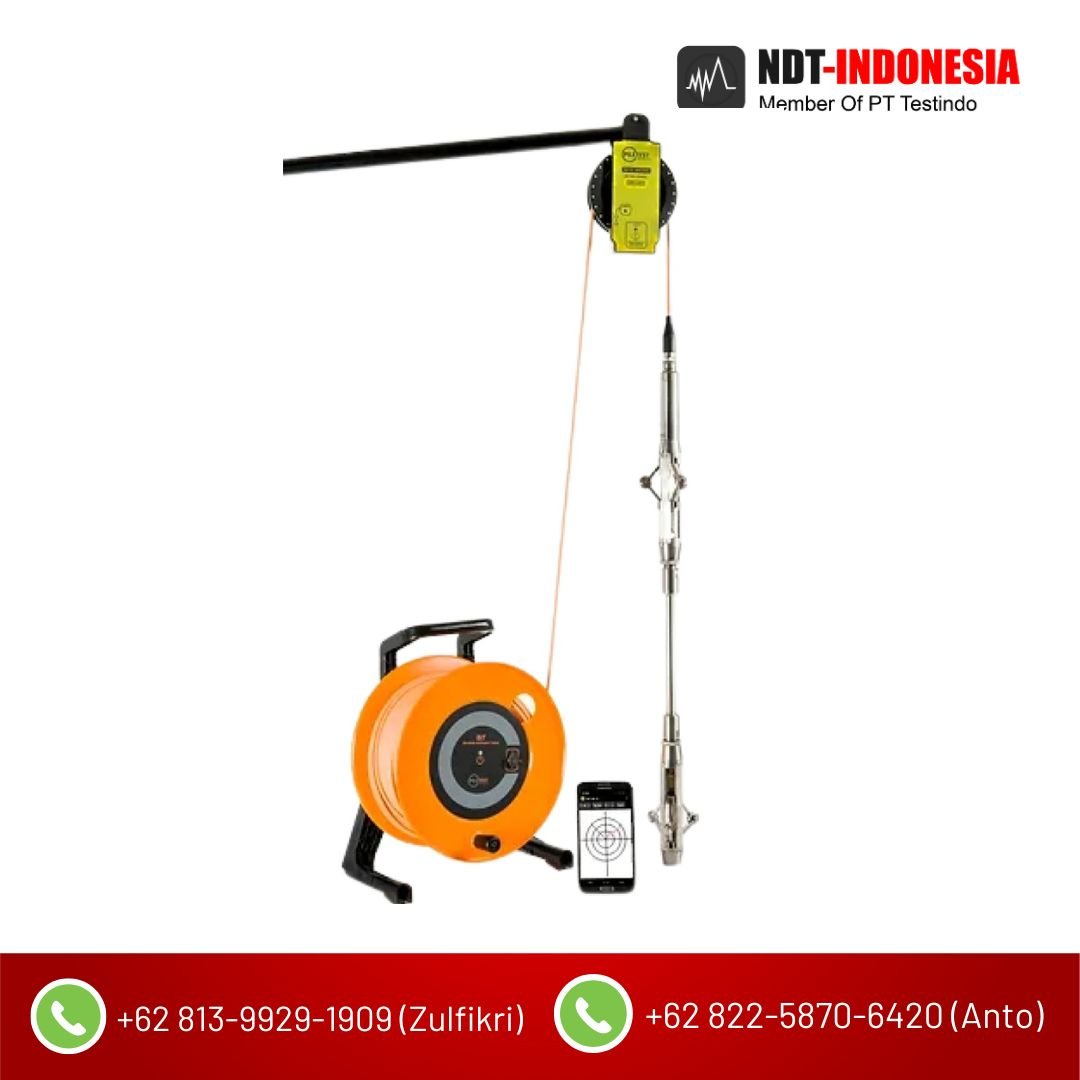
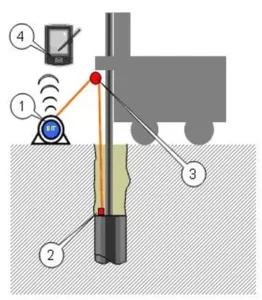
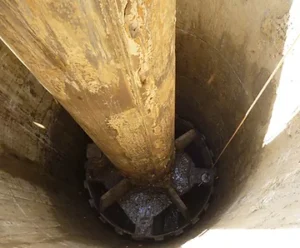 standard access tube through the depth encoder. The sensor is lowered by hand, and the descent is stopped every few meters. The reading stabilizes in a second or two, and the process is repeated continuously until reaching the bottom. Then the same procedure is done on the way up to ground level. The resulting error is distributed over the whole depth.
standard access tube through the depth encoder. The sensor is lowered by hand, and the descent is stopped every few meters. The reading stabilizes in a second or two, and the process is repeated continuously until reaching the bottom. Then the same procedure is done on the way up to ground level. The resulting error is distributed over the whole depth. 